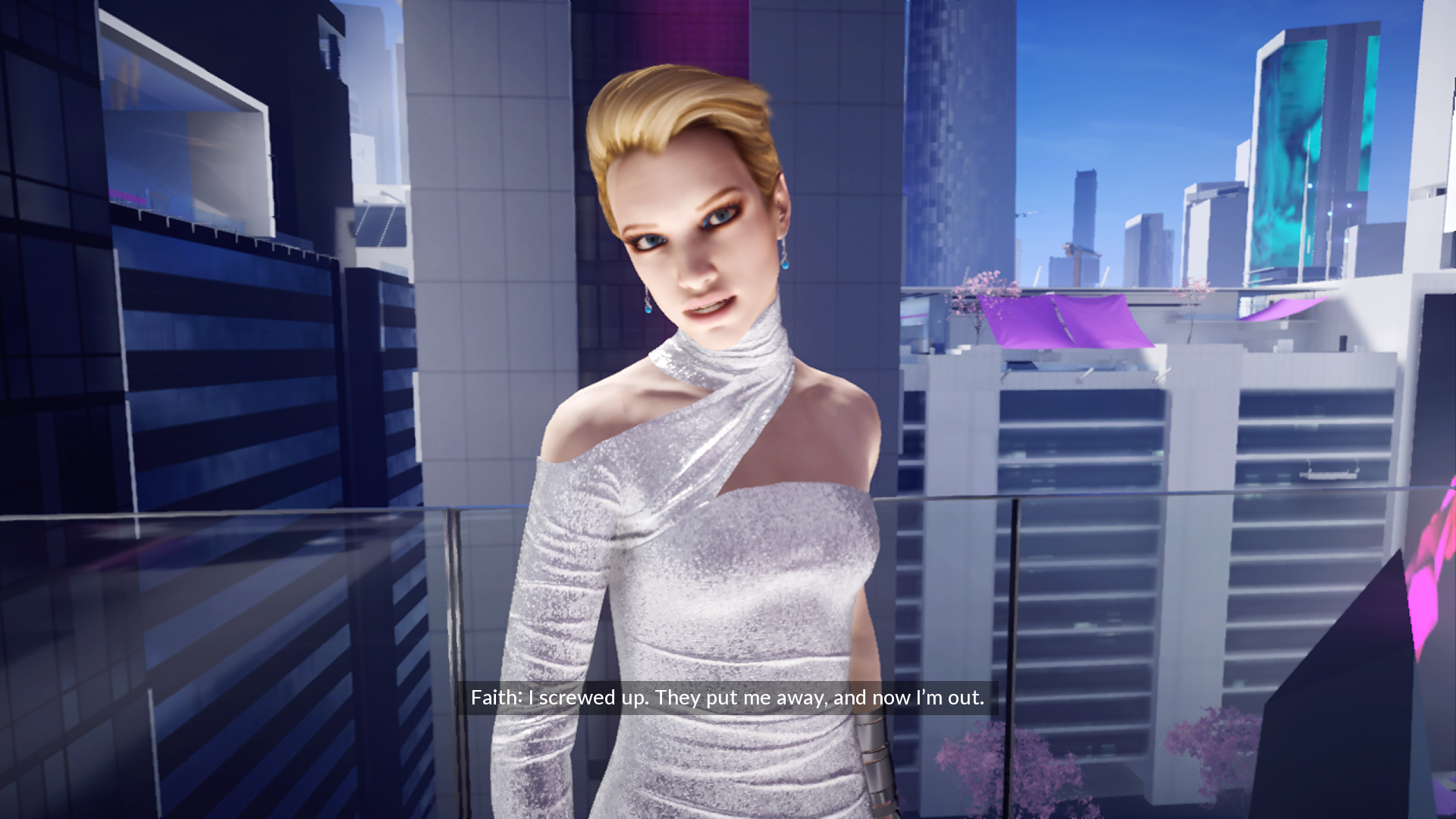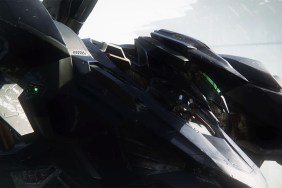Struggling with Faith.
2016 is turning out to be quite the year for first-person POV games; more specifically, shooters that aren’t like the types we’ve been playing for the past decade. id Software launched a new version of Doom, which emphasizes (and practically requires) players to move fast and engage the enemy up close more than, say, Call of Duty or Halo. Blizzard’s Overwatch is all about PvP mayhem and nudges players to switch on the fly between over 21 colorful, personality-filled heroes. Now nearly 8 years later, DICE, the developer of Battlefield and most recently Star Wars: Battlefront, is trying their hand at a new Mirror's Edge with Mirror’s Edge: Catalyst. It’s not a sequel, but more of a remake, and in some ways a do-over. Will it find the critical success that id Software and Blizzard have seen? Sadly, not much.
For those who’ve never played the original, Mirror’s Edge takes place in the beautiful but oppressive, dystopian Glass City. The evil conglomeration Kruger, owned by CEO Gabriel Kruger, runs the city and has armed militia to keep the citizens in line. The hook of the game was that it was a first-person platformer, instead of a shooter, the emphasis placed on being a cool ‘runner’ named Faith who steals corporate secrets. Traversing impossibly high skyscrapers or parkouring though steel-framed obstacles was the focus. There was also some generic story about how Faith overthrows mindless trillion-dollar corporations and unite the worker class. Mirror’s Edge was not a big-seller, but over the years the art style and the very idea of a parkour game has amassed many fans. And rightly so, as the idea of Mirror’s Edge is fantastic.
The opening for Mirror's Edge Catalyst, which happens to be pretty much the hands-on E3 2015 demo, sees Faith for reasons unexplained having been in juvi for two years. (You can buy the comic to know more.) Newly released, she is, by law, expected to find work within a small time frame. If not, it’s back to some form of incarceration. Once she leaves the facility, she meets Icarus, a new runner who’s heard of the legendary Faith (a meta nod to the original game). With a new Beat link installed (your HUD), Faith is ready to meet up with former allies and take down the system once again.
This first hour is spent learning how to play, which serves as a good refresher anyway even for fans of the original. The controls of Mirror's Edge has always been a little unusual, though. Running fast isn’t done by pressing the left stick and jumping is not the A button. Like Assassin’s Creed, platforming is the most essential (and unique) mechanic of the game, so the developers likely felt some need to have their own take on how players interact with their world. Pressing LB will make Faith jump, wall run, bounce, and pretty much perform every other parkour-like activity. Soon enough, players will get accustomed to navigating the futuristic urban environment just with this one button.
As the areas Faith needs to traverse get more complex, she can upgrade her skills to match, of which there are three types: Movement, Combat, and Gear. Advanced moves like the double LB for wall-running is unlocked in Movement. Combat represents her fighting skills as well as her ability to focus (more on that later). Gear contains tech-related skills like being able to short-circuit drones. All the skills are unlocked by amassing XP through campaign and side missions like speedruns or package deliveries.
Unlike the original game, Mirror's Edge: Catalyst takes place over a fairly big map à la Grand Theft Auto. The aesthetic and art style of the game is its greatest strength. The colors and color-blocking have a very Swedish design, which is no surprise given that it's where developer DICE was founded. (The in-game furniture is much cooler than IKEA!) The map is no different. Little touches like staggered lines to represent Diversions or Dead Drops or other missions are easily identifiable;, the use of color and iconography is really special. No other video game I can think of looks like Mirror’s Edge. Navigating a map to find your next destination is rarely “cool” in games, but somehow in this world, it is.
If only the gameplay, or even the menu accessibility, were as solid. The first oddity players will notice is that besides there being no option to change the difficulty (‘easy’ would have nice to broaden the audience), there is no way to quit the game. The only way on my Xbox One version is to double-tap the X button on my controller and force-quit the app. Other weird choices plague the game. Once players unlock home bases, you can enable fast travel, but it only works if you’ve hacked a tower near the safe zone. So why isn’t that text greyed-out beforehand? These decisions by the developers are no doubt deliberate, but they feel like mistakes. Never a good thing.
Along with the core mechanics of the game not feeling intuitive, Faith can often feel more like a lumbering tank than a lithe speedrunner. Anytime you make a wrong move—like missing the moment to jump from a wall—Faith will sink like a stone and land with a thud. Landing from high places is a timing issue once players have unlocked the ability to roll. Other times, Faith will grab a ledge, but if players misjudged the placement or height, course-correcting isn’t an option. And you can’t just let go, either. Another time, even if the ledge seems like one you could pull yourself up to, Faith just won’t. This usually leads to forcing her to jump… before falling to her death. (Thankfully, the game has ample checkpoints.)
Now, I realize that the joy of a trial-and-error game like this is gathering speed and maneuvering cool landscapes, and if I die, it’s more a matter of me needing to get better. Glitches aside, that’s fair. If players can link each move to the next without too many mistakes, Catalyst can be thrilling. Even though most of the time you’ll simply follow a red comet called “runner's vision” (it can be switched off) which guides you to which objects you need to run up next, that sense of freedom can be addictive.
Unfortunately, the only thing worse than making a mistake and getting jumbled up in the parkour are the numerous combat zones. The original was aptly criticized for giving Faith a gun, since it felt like a betrayal of the game’s aesthetic, flow, and entire point. Here, having Faith needlessly kick and punch her way around KrugerSecs (the bad guys) is beyond grating. At best, it’s clunky, of the “hit Y now while using your focus" variety. Focus is gained by holding down RT and linking several parkour movements in a row. So when Faith is at top speed she can take down an enemy with one button. It’s serviceable, but it’s never really fun—more just a thing that just happens.
The flip side of combat, however, is way worse. Although players can raise Faith’s health points and other stats, all it takes is one wrong move to get overwhelmed rather quickly by enemies. And then you die. And then you wait—sometimes up to 15 seconds (incoming patch?)—to reload only to die a few seconds later. Over and over. The wait time can be maddening and make Catalyst feel like it was not properly tested before being released as a final build. Late in the campaign, there’s a timed mission that involves taking out multiple baddies and ever-so-carefully climbing on thin platforms. Don't be surprised if you find yourself dying a lot and sometimes watching the loading screen more than playing the game.
All of this is in service to a fairly terrible story. Faith remains as shallow as ever as a character, though a series of flashbacks hints at a person with more pathos. Most of the campaign’s 15 missions amount to Faith having fellow runner Icarus or my favorite character, the zany hacker Plastic, feeding Faith intel while she runs. She gets to a place, takes out bad guys, reaches a terminal, activates it, and then escapes. There are some exceptions in the missions, but overall that is the campaign. A weak story is forgivable if the actual missions offer variety in gameplay; in this case, Faith eventually gets a hookshot and a few other upgrades, but the use of these abilities is usually obvious.
The cutscenes, it should be noted, look spectacular. The line readings might be cringeworthy, but they look sweet. Beyond these movies, the environments are the star of the show. But even those can feel tedious. There’s a really impressively designed modern art gallery with '70s staircases that’s made up of orange hues, but even that overstays its welcome the fourth time you’re running through it. Another great offender of repeated assets are collectibles that can be found everywhere. One of these is a chip, which is always found in the exact same spot (third one from the stop) with a clock nearby that always says "19:42"… sort of breaks the illusion, yes?
In addition to the main campaign, side missions, and collectibles are Social Play and The Beat. Social Play refers to user-generated races which, when activated, will pop up with the current leaderboard. I played the game pre-release, but I tried a few socials that were most likely made by the developers. Like Dark Souls, these are randomly-placed red icons that can be activated when found—typically in plain sight on a rooftop. The Beat is similar, also user-generated, but can have specific tasks or goals like reaching a location. Another social perk is that as you unlock certain runner tags, your fellow friends who play Catalyst can see them. They can even view personalized runner vision tags that represent you. None of this changes how you play the game, but the world of Mirror’s Edge has always been so barren of life that these attempts at building a sense of community is appreciated.
Once the campaign is finished, the map stays open and the game actually becomes more fun and less stressful. Doing a side mission to plant bugs on a cheating husband for a society wife is a good use of the rich section of the Glass, called the HICASTES. Whether Faith is finding lost homing pigeons for an old man or helping a young street artist, these missions are by far the best beats of story in the game. It’s not that finding a missing chip or scaling a Portal-like tower are superb, but they offer a glimpse in the personality that lies just below the very pretty sheen that covers Glass City. It’s also one of the few moments where Faith as a character, one who's trying to do her part to help out, feels more grounded than her angsty self in the silly main story. Every one of these little excursions felt memorable. Away from manic combat battles and timed platforming, Mirror’s Edge: Catalyst finally breathes in these moments.
Having more missions like that to look forward to ever since finishing the story and those frustrating 13 hours is a reward of sorts, right? If you're a fan of the original Mirrors' Edge, this will probably be a no-brainer, but Catalyst would be an easier recommend even with the clunky controls if it had been sold cheaper, perhaps as episodic content. As it stands, this is mostly for fans, and even then, I caution the inevitable frustration that will surely come from running through a city literally made of glass.
-
Gorgeous world, still unique nearly 8 years later
-
Lots of content after the 13-hour campaign
-
Stunningly crisp, eye candy cutscenes
-
Gameplay is unintuitive and too often clunky
-
Awful story, poorly told, thin characters (even Faith)
-
Glitches, pop in, poor character animation, and strange lack of menu options
Mirror's Edge Catalyst
-
Mirror's Edge Catalyst #1
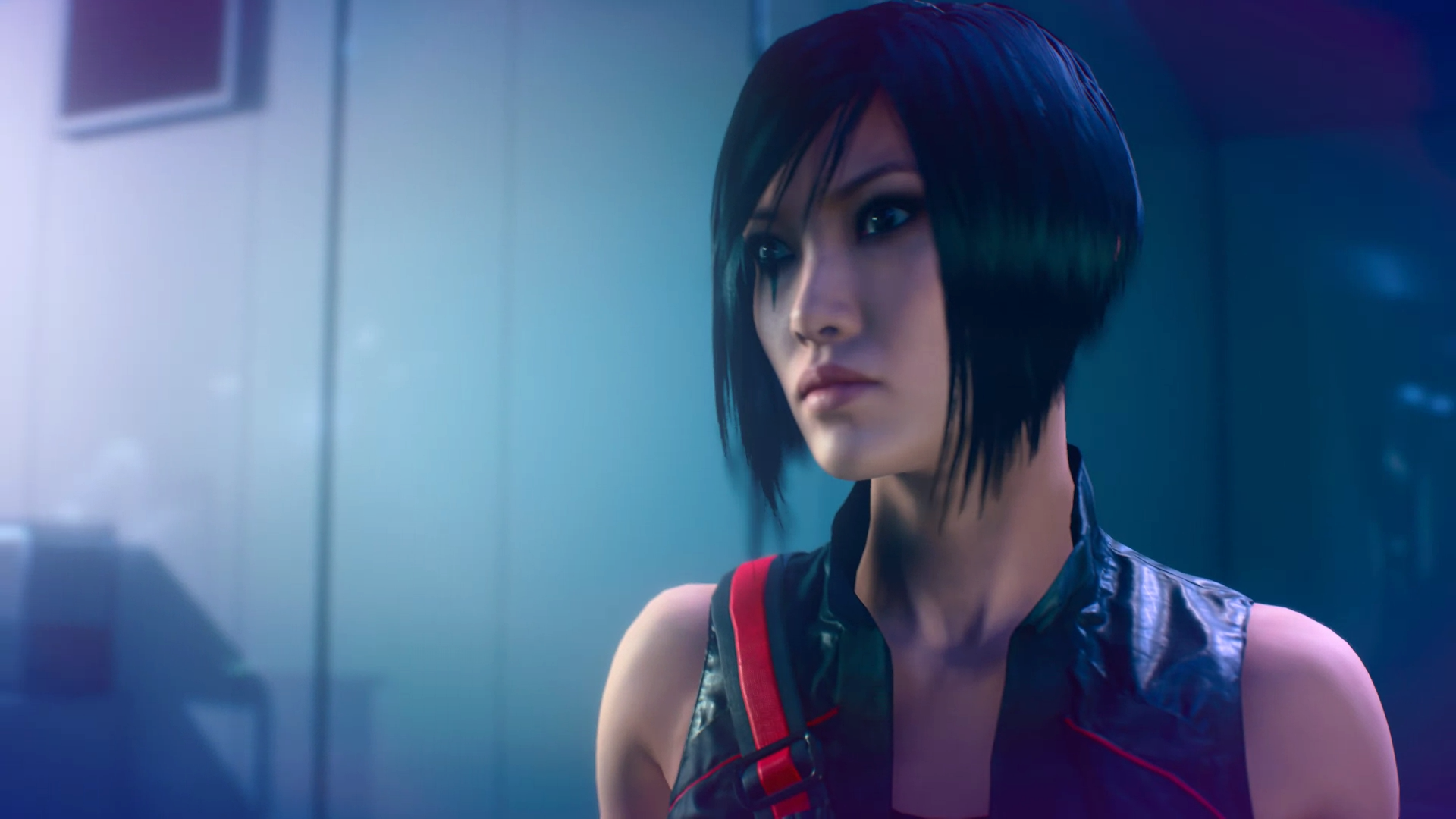
-
Mirror's Edge Catalyst #2
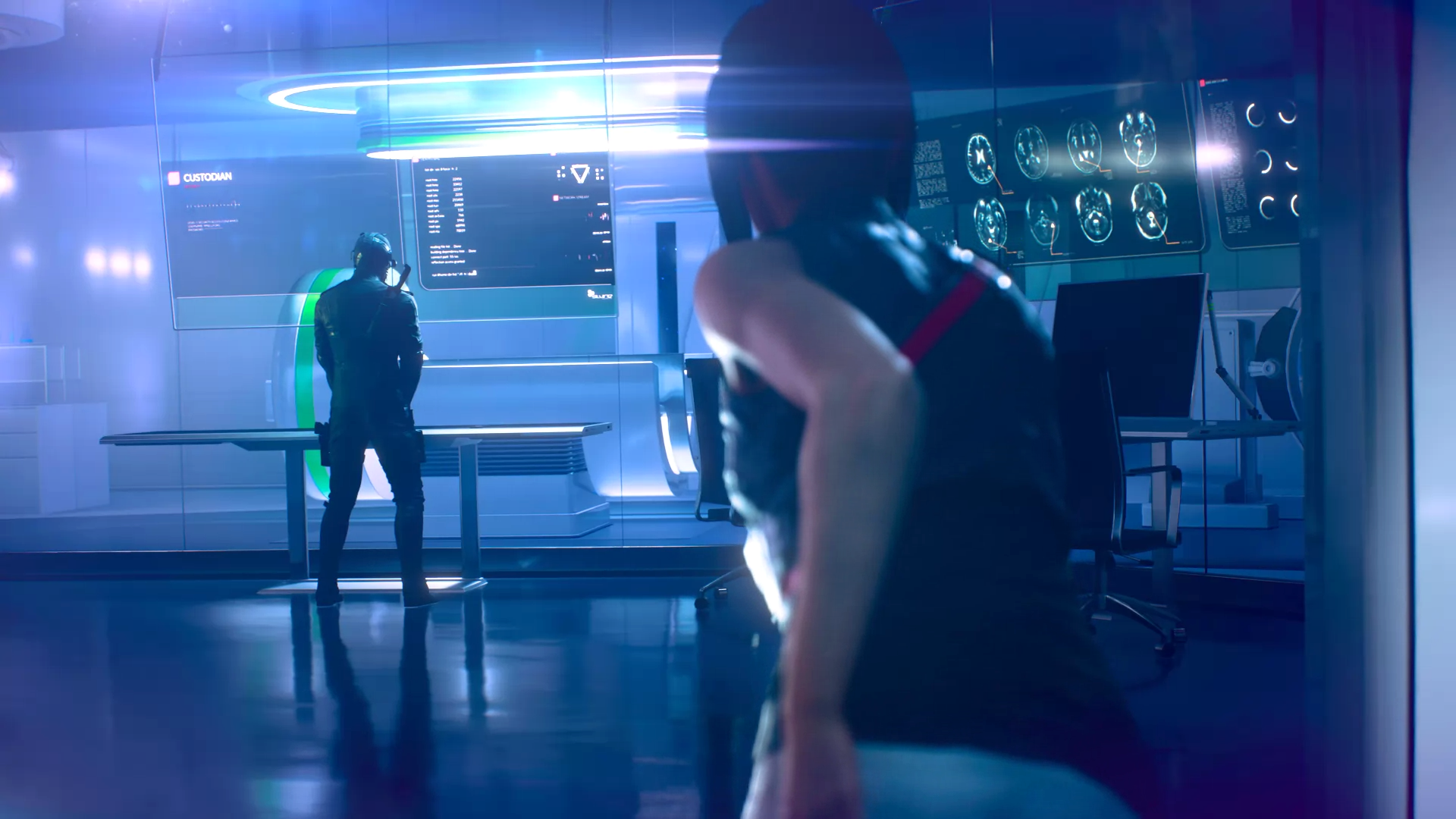
-
Mirror's Edge Catalyst #3
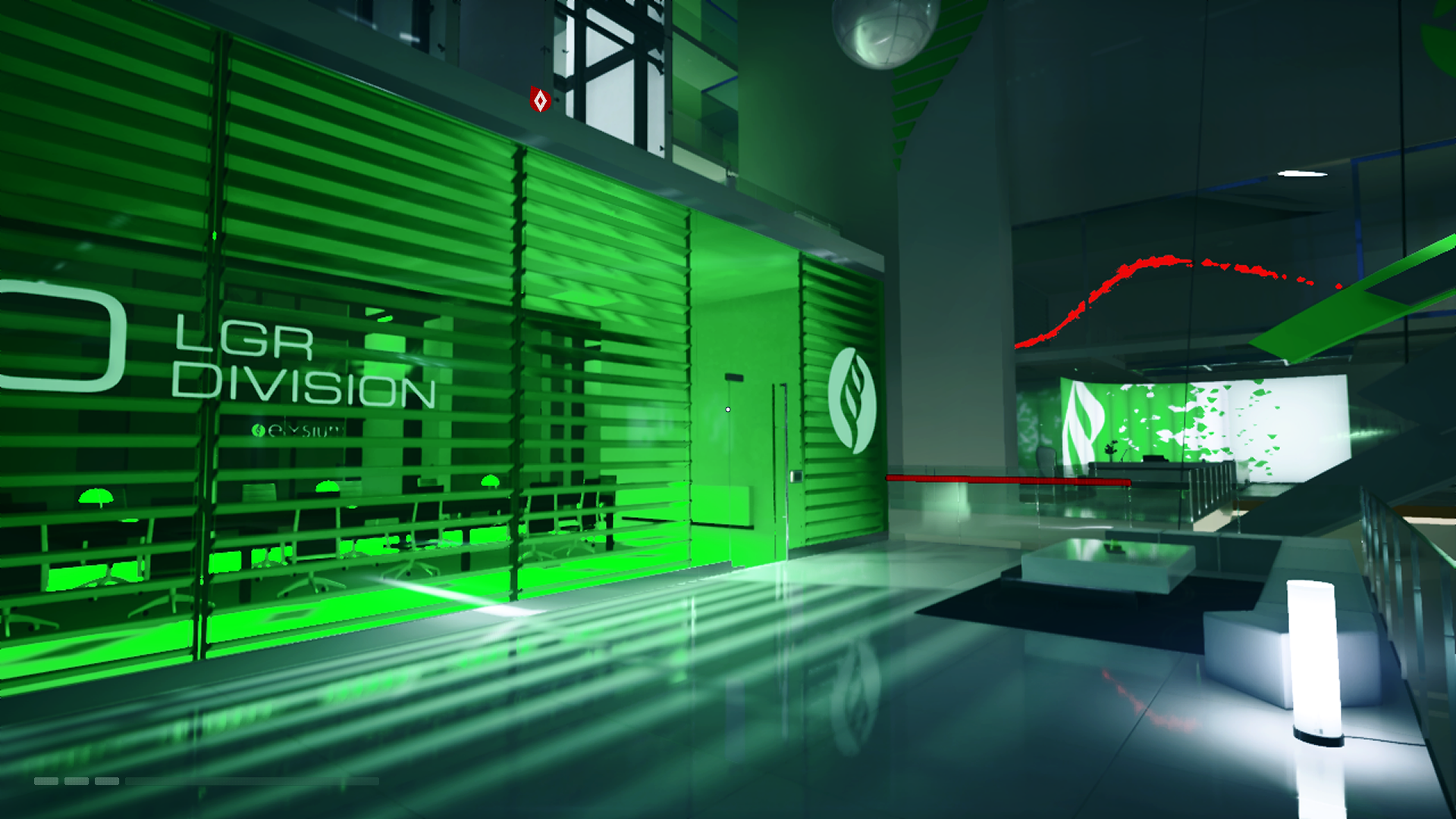
-
Mirror's Edge Catalyst #4
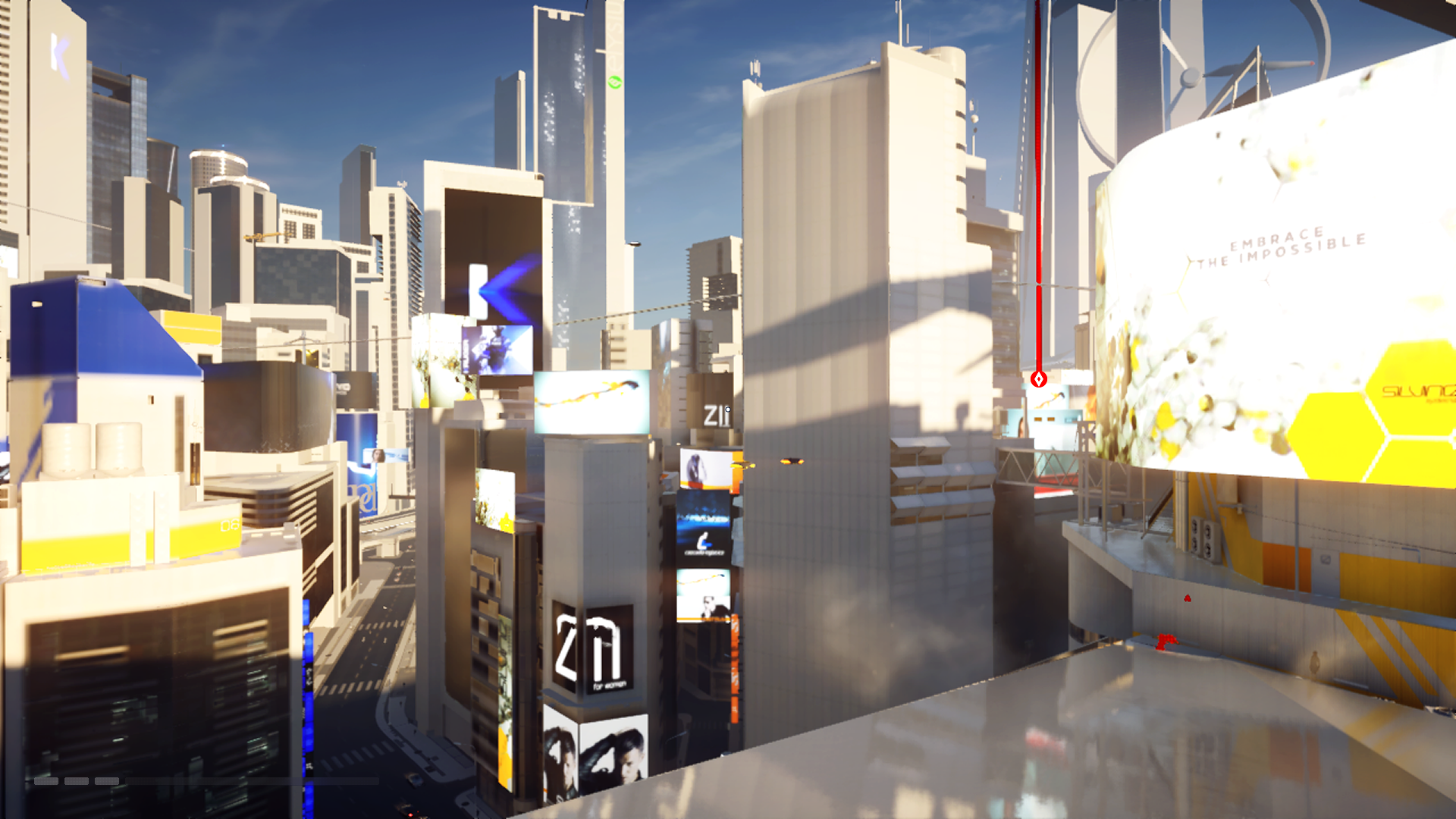
-
Mirror's Edge Catalyst #5
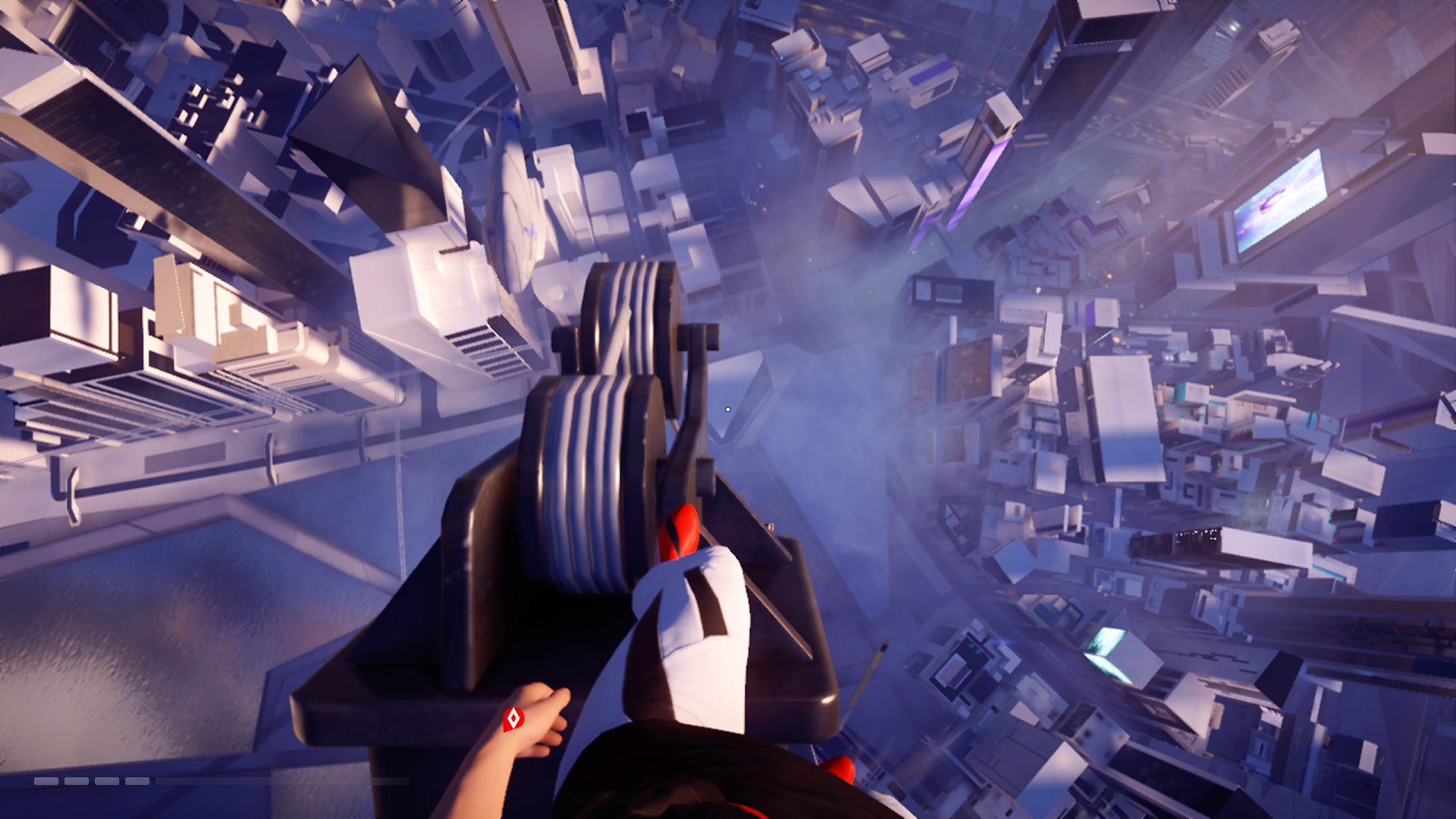
-
Mirror's Edge Catalyst #6
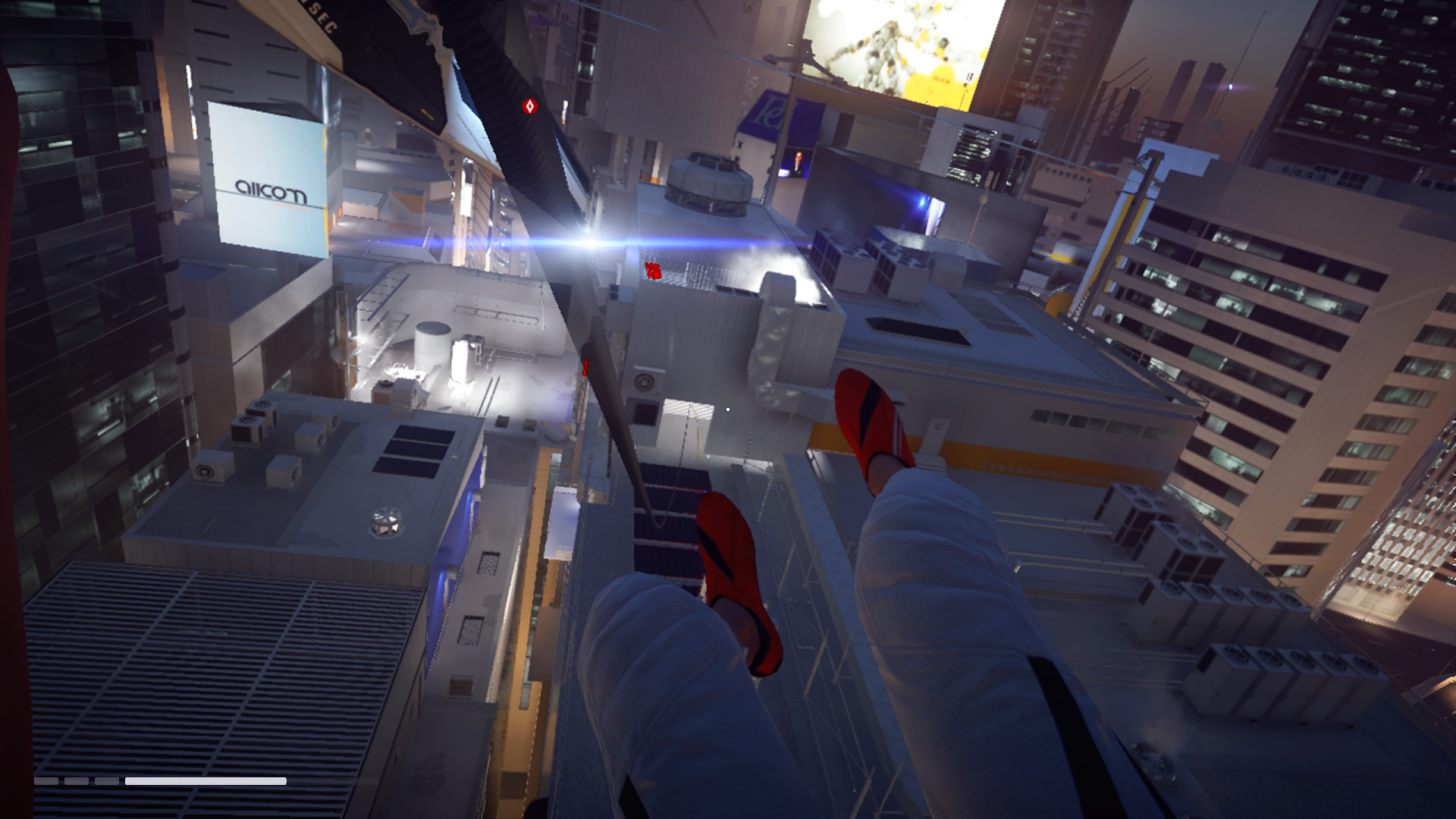
-
Mirror's Edge Catalyst #7
